BY BEYHAN YILDIRIM / BERLIN
Chinese tech companies like Huawei, the inventor of 5G technology which has distinguished itself by outcompeting Western companies, have helped the government to take advantage of smartphones, user databases and GPS systems in the fight against the coronavirus. Now, Germany is looking at the technology that China used in its fight against the virus to handle its own situation.
The global impact of the Coronavirus pandemic will likely have a more lasting impact than the September 11 terrorist attacks or the 2008 global financial crisis. According to some experts, such an outbreak was long anticipated, it was just a matter of time.
Without a doubt, the quick and effective decisions made by the Communist Party of China were decisive in China’s success. According to my Chinese colleagues, life in China has not yet fully returned to normal. However, the first signs of normalization have appeared, such as the density of the traffic in the large cities as people begin leaving their homes and going to work. At this point, smartphones play a critical role: in fact, they might actually be helping slowly solve the crisis.
Is there a virus carrier nearby?
Everybody using a smartphone in China can use their GPS to instantly find out: 1. If there is a virus carrier nearby, 2. If there has been a carrier near one’s neighborhood, 3. how many carriers there are in the country, and where they are concentrated.
Carriers locations are indicated on a map, allowing people to take measures accordingly. The government can also make informed interventions.
There are now several applications with use Alibaba Machine Learning, one of the world’s biggest in the artificial intelligence projects, which is providing a technological infrastructure to help people safely get out of the house, use public transport and get to work in China. One such application called the “Alipay Health Code”, is being used in around 200 cities throughout the country. The app has existed since February and aims to prevent unnecessary quarantines. Some similar apps are now available on WeChat, China’s WhatsApp equivalent. Baidu, which is something like China’s Google, and many other local programs are directly informing the people of important updates.
In South Korea and Taiwan, thanks to GPS tracking and other relevant smartphone apps, everybody using a smartphone can stay informed and avoid risks.
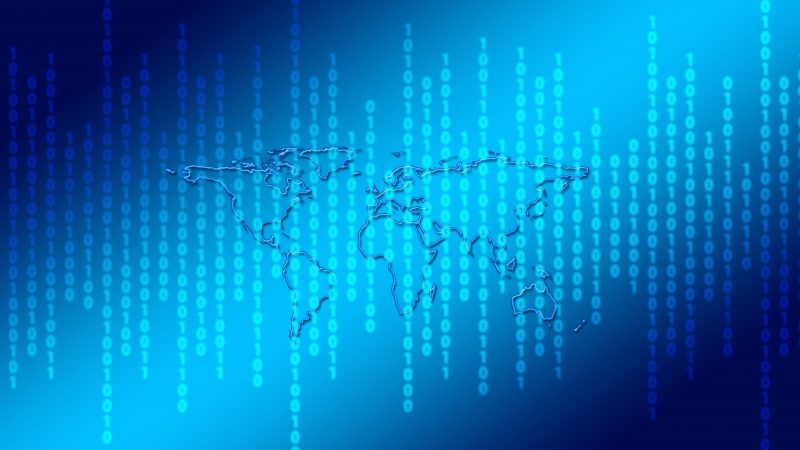
3-STAGE PLAN
Governments that want to employ virus prevention technology need to implement a three-phase plan:
1) Political decisions need to be made. A change in laws regarding the protection of personal data is required as a result of the exceptional circumstances; the appropriate method to be used should be determined by the political authority.
2) Data sharing infrastructure: an agreement must be made to transfer data from scientific/technological organizations that can program the GPS systems, or companies such as Google and Apple, to a scientific center responsible for the fight against the virus. The infrastructure which allows operators to share location data with the law enforcement institutions already exists. As a matter of fact, Google and Apple collect the users’ information within their own infrastructure to use for their own benefits.
3) The implementation phase: The political authority must ensure that the application created is used and is made mandatory (as much as possible) after achieving the previous phases. The more people are in the system, the safer we will be.
THE WORLD IS STUDYING CHINA’S METHOD
Each country is trying to develop their own solutions against the virus developed in relation to their political systems, economic capacities and social structures. However, the whole world is talking about China’s success. Wuhan, the city in China where the outbreak first occurred, has contained the virus and not seen any new cases. In Europe, which has been declared the new center of the epidemic by the World Health Organization, the Chinese model has begun to be studied. Now, Austria and Germany, some Asian countries such as South Korea and Singapore have begun to analyze how to make use of technology like China has in its successful fight against the virus. The Israeli government had also begun to look at GPS systems inspired by China.
Europe is on high alert, as is the rest of the world. The Robert Koch Institute based in Berlin, which manages this pandemic process with the government in Germany, announced yesterday that 20,000 cases in total have been diagnosed across the country, suggesting that if such rates persist, the total number of cases in Germany will exceed 10 million within 2-3 months.
As governments began announcing economic stimulus packages in the fight against the virus, arguments about liberalism vs. statism have flared up. As Turkish President Recep Tayyip Erdogan suggested, liberalism has proven itself indecisive and does not pose any real solutions. Collectivism and statism have shown their superiority over the liberal model since the 2008 global economic crisis. However, the shift away from the old system is happening slowly. For example, after Iran requested $5 billion as a support from the IMF for the first time in 60 years, it became clear that the solution will probably come from the countries aiming to establish a new global financial system for the (developing) world rather than the IMF.
3 MAIN POINTS OF CHINA’S SUCCESS
In addition to discipline, reasoning, science and determination, China used its technological prowess to protect public health and ensure that the economy stays running. Patients were immediately quarantined (Stage 1) and told not to go outside their homes unless they had to. Everyone started using medical masks, and personal hygiene measures were taken. Society was well informed of the seriousness of the crisis. In short, the authorities’ instructions were followed. Social interactions were minimized (Stage 2). China also began to introduce the technological dimension of the struggle. Here, the Chinese statist model was able to take advantage of its fast and successful inventions, particularly its mobile phones, user databases and GPS systems in the fight against the virus (Stage 3).
GERMANY CAN SWITCH TO THE CHINESE MODEL
In many Western media outlets from the American New York Times to Germany’s Handelsblatt, articles put forward the necessity of understanding China’s technology and strategy, sometimes suggesting that such efforts be made mandatory if need be. In Singapore, Taiwan and South Korea, mobile phones have also been systematically and widely used in the fight against the virus for the safety of the citizens.
South Korea, Taiwan and Germany have now also put Chinese technology to work in the fight against the pandemic.
Addressing German citizens, Chancellor Angela Merkel made the stakes of the situation clear, stressing how it ought to be taken seriously, and might bring about the most difficult period since World War II. Merkel’s government promised a €500 billion stimulus and loans with no limit to keep the German economy afloat.
In the face of this deep crisis, Germany has begun to analyze people’s overall movements via GPS.
This will make it possible to track the speed of the spread of the virus during the first stage. If the rate of spread in Germany is too high to be stopped, the Robert Koch Institute (RKI) (a research center that manages this process alongside the government) estimates that 10 million could be infected throughout the country within the first days of the outbreak. Chancellor Merkel had previously announced that 60% of the population is expected to be infected with the virus. Germany, which has an elderly population of 22 million, introduced some strict measures and abandoned the Anglo-Saxon neoliberal model of “herd immunity” it had initially proposed. Administrative states are implementing curfews one by one. The community is being informed. The process was not let go on its own.
On the technological front, the RKI received anonymous data from Germany’s largest operator, Deutsche Telekom, within the first week of the outbreak. The observation of the overall movements of society and analysis of the data allowed them to evaluate the effectiveness of measures such as social isolation and the implementation of a nationwide curfew. The aim of restricting movement is to prevent the collapse of the healthcare system (a strategy we might call a “controlled increase”). However, in order to keep the spread to a minimum, Professor Lothar Wieler, the director of the Robert Koch Institute who manages this process, and his team have said that Germany’s digital capabilities need to be much more comprehensive and systematic.
PREVENTING PANDEMIC WITH GPS
In the field of GPS data, China and South Korea are exploring the possibility of observing the movement of each individual and entire society. The governments of China, South Korea and Taiwan have issued some strict warnings by displaying the location of each potential carrier via GPS– either anonymously (in the Chinese example) or semi-anonymously (the South Korean example). Even the use of drones have come into play. In South Korea the authorities track credit card transactions and use cctv cameras to the maximum extent possible to prevent the pandemic from spreading further. Given the type of apps currently available, mobile phones have almost become health indication cards. The freedom to travel, the level of danger and the current quarantine obligations are displayed in color coded alerts.
As we discussed earlier, laws protecting personal data in liberal countries such as Germany (“Datenschutz”) may need to be changed in light of the exceptional circumstances in order to implement the Chinese and South Korean methods. However, Turkey can immediately switch to the Chinese or the South Korean model with limited problems. In doing so, we will likely see that China’s experience in using technology, gathering data and evaluating it contributed as much as the centralized-planned system.
THREE POSSIBLE METHODS
There are three methods available for using GPS data against the pandemic.
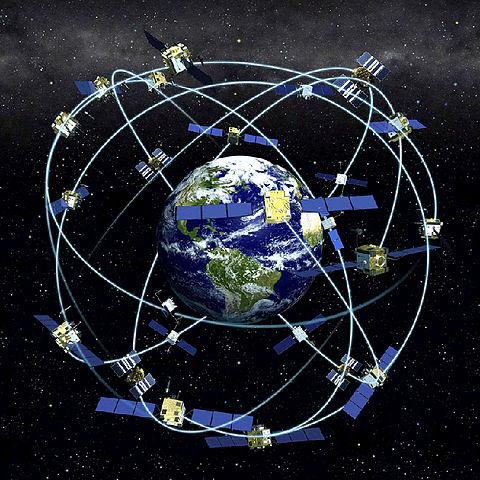
The South Korean model does not require anonymity, and allows information about individuals to be shared directly: it is possible to see exactly where infected people are at a given moment. Information about the age, gender, appearance, as well as whether the carrier is masked or not, are shared on the mobile phones. It is possible to track places the carrier is going on a map, allowing authorities and citizens to take precautions accordingly.
In the second model, only social movements are recorded ( the system in Germany and Austria partially apply). This approach requests anonymous participation and only helps the government observe and predict the rate of the spread. It is not possible for people to use this information directly and in real time. In Germany, if the pandemic continues to spread throughout the country, there are arguments that the laws that protect the personal data should be changed in order to adapt the Chinese model.
The third model is the Chinese model, which might be described as a mix of the first two. Within this framework it is possible to observe data showing that an infected person is present and learn about the risk of contact, without revealing the personal data of the afflicted. The application also notifies the user of quarantine measures. Like the Korean model, it is possible to track the carrier’s destinations on a map in the Chinese model, as well as the carrier’s location via GPS from one’s mobile phone. The central feature of this model is that when a person tests positive for coronavirus, whoever has been in contact with the patient is quarantined, stopping the chain of infection.
All three methods prove that the use of technology is an inevitable necessity until a vaccine for Covid-19 is developed. The maximum application of digital capabilities will be helpful for governments and the communities in curbing the spread of the virus. If governments and society accept the fact that the fight against this pandemic requires deep and extensive effort, it will make our lives significantly easier in current and future pandemics, especially in terms of minimizing unnecessary quarantines and spreading awareness of the risks of social interaction.
Sources (as of 22.3.2020):
https://www.tagesschau.de/inland/corona-handydaten-101.html
https://www.deutschlandfunk.de/zugriff-auf-deutsche-handydat…
https://m.tagesspiegel.de/kultur/-herfried-muenkler-ueber-de…
https://app.handelsblatt.com/technik/digitale-revolution/dig…
https://www.nytimes.com/2020/03/01/business/china-coronaviru…
https://www.heise.de/amp/meldung/Quarantaene-oder-nicht-Chin…
http://www.wired.com/story/phones-track-spread-covid19-good-…
https://m.focus.de/gesundheit/news/weniger-als-100-neuinfekt…
https://www.deutschlandfunk.de/auswertung-von-smartphone-daten-mit-digitalen-mitteln-gegen.684.de.html?dram:article_id=473046Koronavir


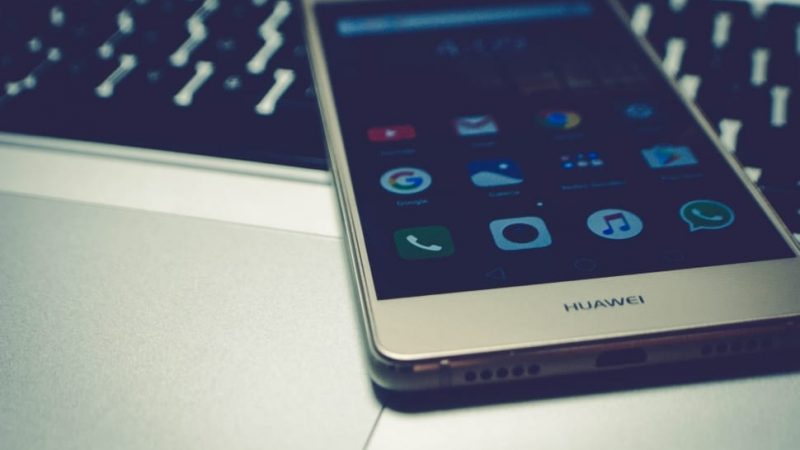

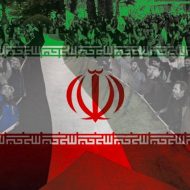
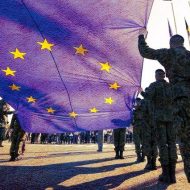



Leave a Reply